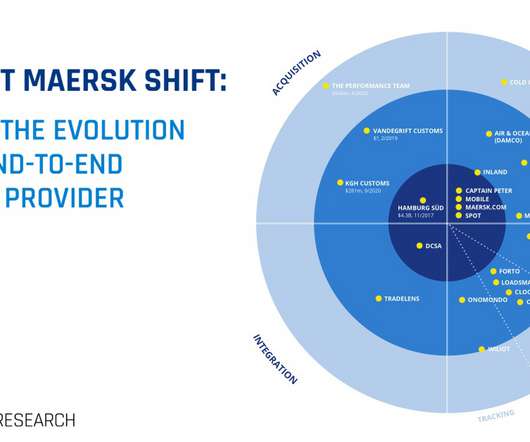Industry Experts Discuss Technology Trends & Solutions for Efficient Ecommerce Logistics – Supply Chain 24/7
247 Customs Broker
MARCH 7, 2018
Machine learning can help companies make sense of all the data that can be harvested and provide recommendations on how to respond to likely disruptions or opportunities,” says Vernon. The goal is to take all this data and be instructive with it, which is where machine learning comes in. Distributed Order Management (DOM) Evolves.














Let's personalize your content